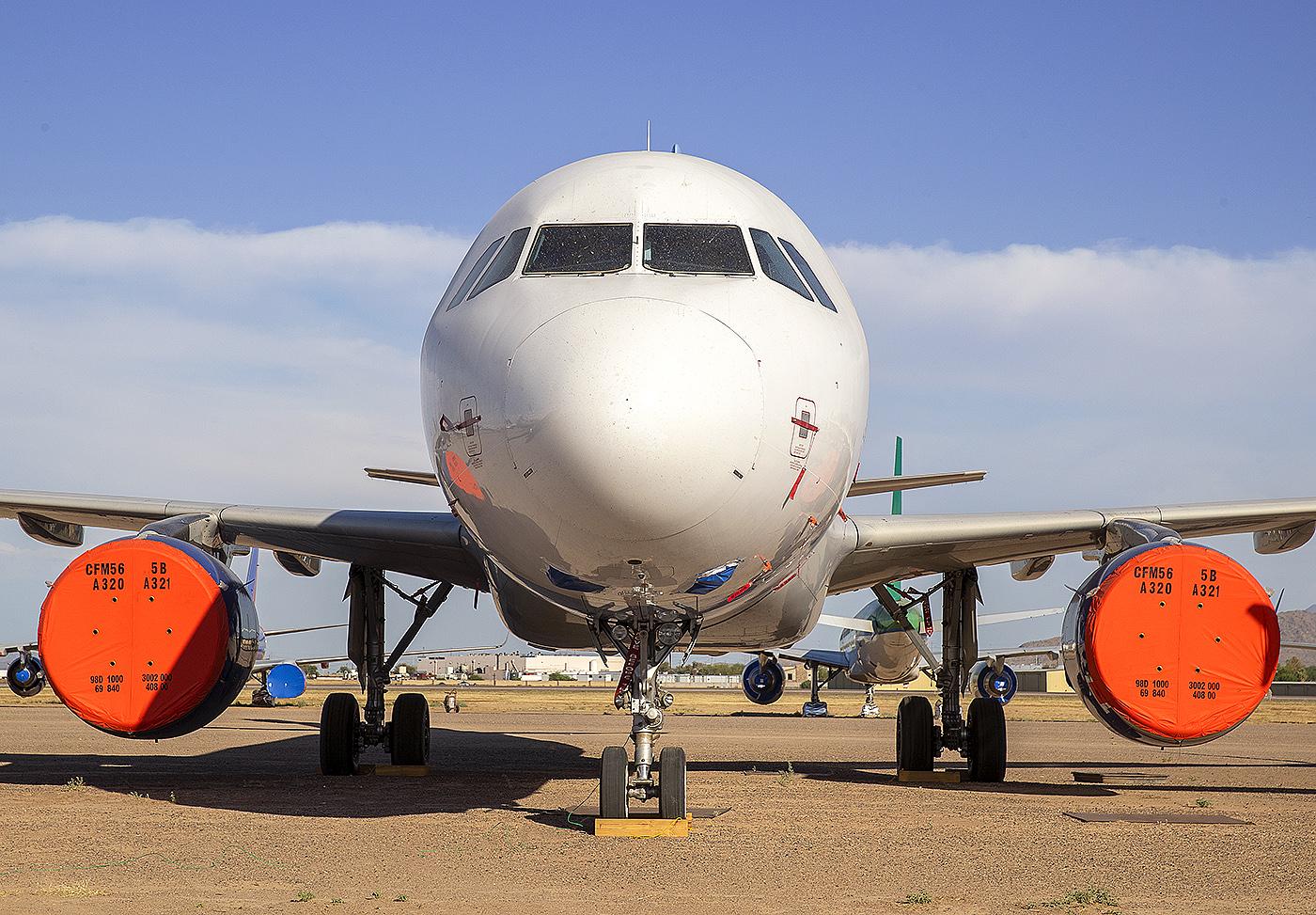
Credit: Joe Pries
Aftermarket providers are purchasing fewer used parts than at any time since the global traffic downturn started in early 2020, a sign that the aircraft-retirement stalemate is affecting used serviceable material (USM) supply, a Canaccord Genuity analysis found. Respondents to Canaccord’s most...
Subscription Required
This content requires a subscription to one of the Aviation Week Intelligence Network (AWIN) bundles.
Schedule a demo today to find out how you can access this content and similar content related to your area of the global aviation industry.
Already an AWIN subscriber? Login
Did you know? Aviation Week has won top honors multiple times in the Jesse H. Neal National Business Journalism Awards, the business-to-business media equivalent of the Pulitzer Prizes.

